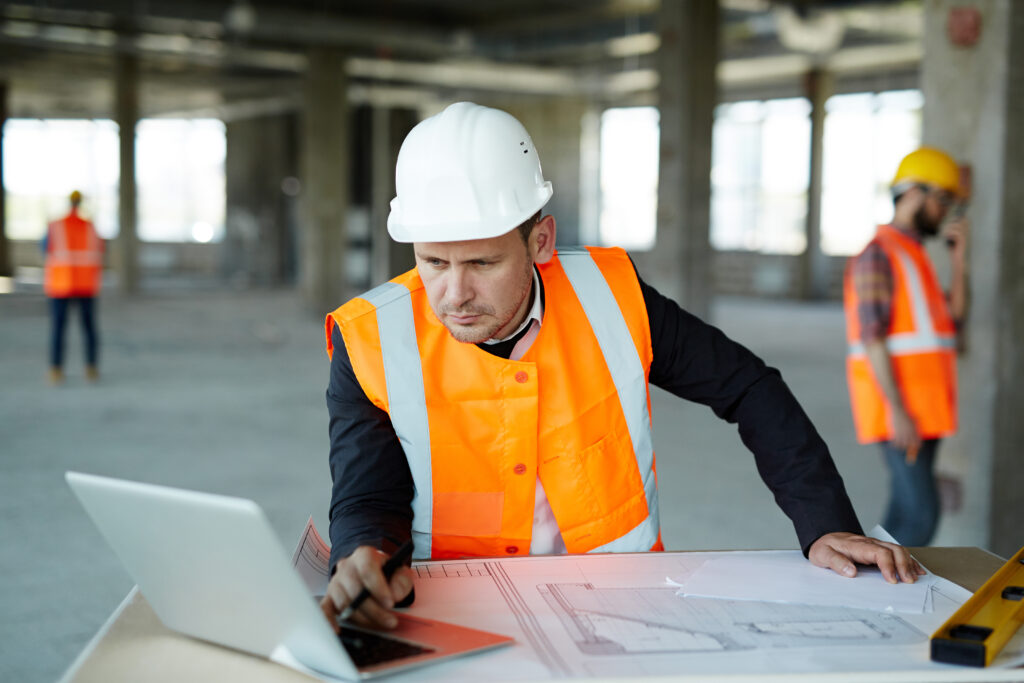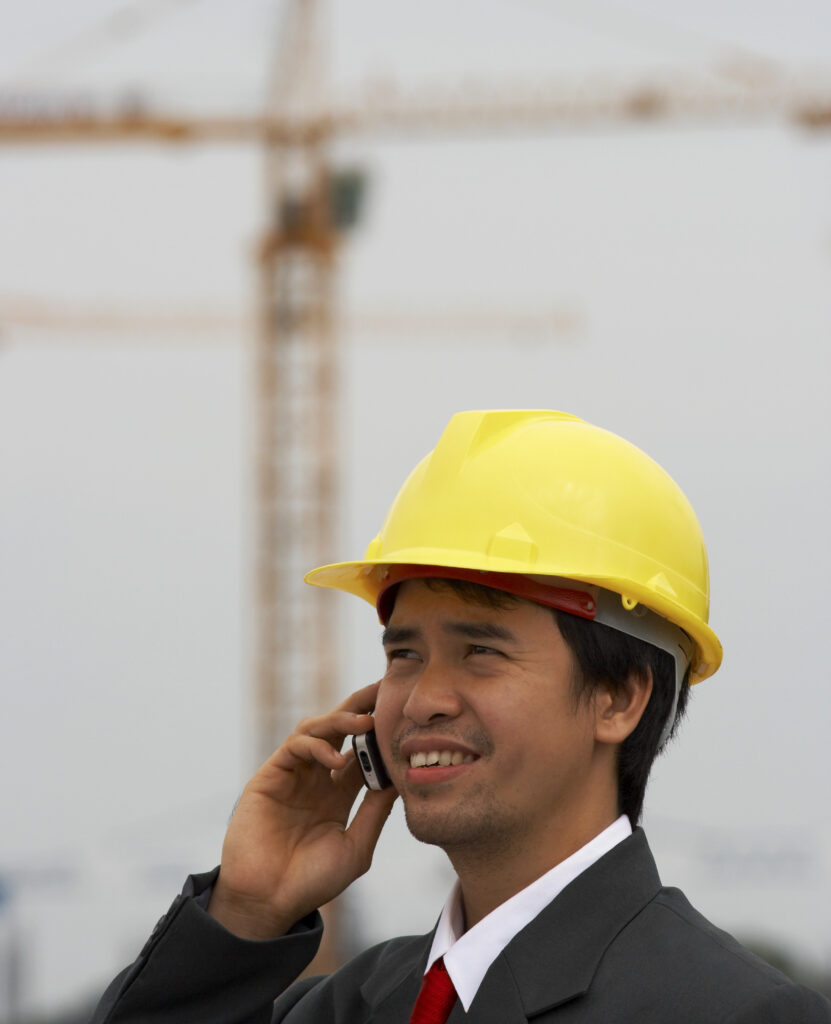If you are the president of a community of neighbors or responsible for maintaining a building, you may wonder what maintenance and building inspection requirements your elevator has to meet.
The Complementary Technical Instruction AEM 1 “Lifts” of the Regulation of lifting and handling devices, sets the guidelines that the elevator must follow (regardless of its speed, capacity, or a number of stops) to safeguard the safety of people and goods, as well as the conditions and deadlines for review and building inspection to maintain said guidelines.
In this article, you will be able to find a synthesis of the ITC (Complementary Technical Instruction) that will serve as a guide to know if your elevator is complying with the current legislation.
Area Application of Building Inspection

This ITC applies to lifts permanently located in buildings with defined levels, intended for the transport of people and/or objects, provided that at least one person can enter the cabin and that they can control the movement of the lift from within.
Maintenance
1. The owner of the lift (its owner or lessee) is responsible for its good working order and must hire a maintenance company to preserve this good condition. On the other hand, you must report any breakdown or anomaly to the conservatory, as well as stop the use of the elevator and notify the Public Administration, if there is no guarantee of safety.
2.- The owner must designate a person in charge of the lift, to whom the maintenance company will teach how to operate the device.
3.- The frequency of preventive maintenance visits to be carried out by the company in charge of servicing the elevator is as follows:
- Elevators for single-family homes or with a speed not exceeding 0.15 m / s: four months.
- Lifts in community buildings for residential use of up to 6 stops and for public use of up to four stops: six weeks.
- Rest of elevators: one month.
4.- The conservative company will deliver to the owner of the elevator a bulletin in which the most important data of each visit are recorded. The maintainer, in turn, will keep a maintenance record that can be consulted by both the owner and the Administration.
Regulatory Building Inspection

In addition to maintenance, the lift must undergo a periodic building inspection carried out by an authorized and impartial control body that certifies that its operating and safety conditions are maintained. Likewise, a building inspection must be carried out when the elevator has suffered an accident with damage to people or property and when the competent authority requires it.
The terms that govern the periodic review depend on the type of elevator:
- Lifts installed in buildings for industrial use and public places: every two years .
- Lifts installed in buildings with more than twenty houses or with more than four floors served: every four years .
- Elevators not included in the above cases: every six years .
The result of the building inspection is reflected in the certificate issued by the control body and can be favorable (when there are no defects or those that exist are minor) or unfavorable (when there are serious or very serious defects).

If the elevator inspected shows slight defects, these will be recorded in the certificate and will be corrected before the next building inspection.
If it shows serious defects, these will have to be corrected within a period of six months and the lift will undergo a new building inspection to certify that they have indeed been corrected.
Finally, if it has very serious defects (which are those that constitute an imminent risk to people or can cause damage to the installation), the lift will automatically be out of service until it has been repaired, after which it will have to undergo a new inspection.
These are the main factors to consider when maintaining and servicing your elevator.